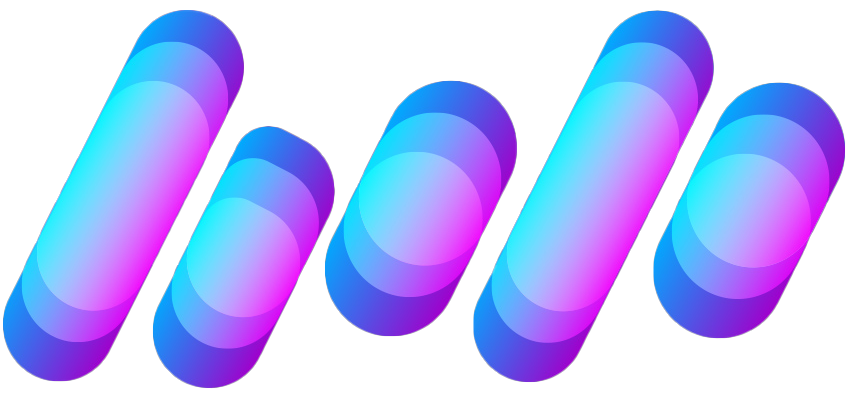T
The Verge RSS
Guest
Author: Britni de la Cretaz

The way people enjoy sports has changed. On Twitter, fans are watching games together, interacting directly with their favorite athletes, and engaging with their teams beyond a logo and a collection of players. Each team’s account has its own voice and personality that they exhibit across platforms.
For men’s professional sports teams, it can be easy to assume that the person behind the keyboard shares certain characteristics with the players they’re tasked with representing — namely, their gender. But it’s becoming increasingly more likely that the person behind your favorite team’s social media account is a woman. Often considered a “pink-collar industry,” social media’s female-dominated workforce has naturally extended to the...
Continue reading…
Continue reading...

The way people enjoy sports has changed. On Twitter, fans are watching games together, interacting directly with their favorite athletes, and engaging with their teams beyond a logo and a collection of players. Each team’s account has its own voice and personality that they exhibit across platforms.
For men’s professional sports teams, it can be easy to assume that the person behind the keyboard shares certain characteristics with the players they’re tasked with representing — namely, their gender. But it’s becoming increasingly more likely that the person behind your favorite team’s social media account is a woman. Often considered a “pink-collar industry,” social media’s female-dominated workforce has naturally extended to the...
Continue reading…
Continue reading...
